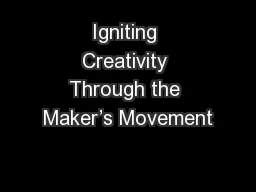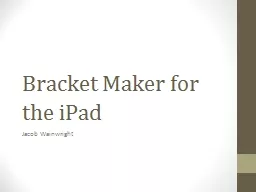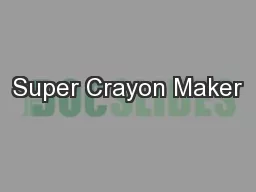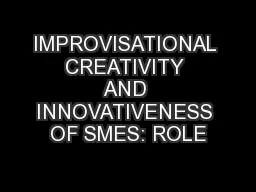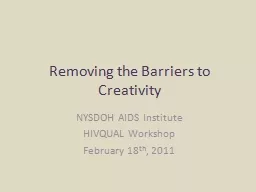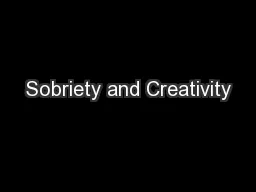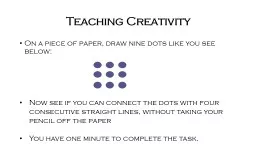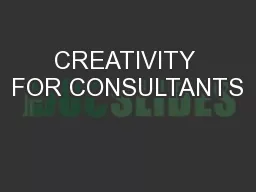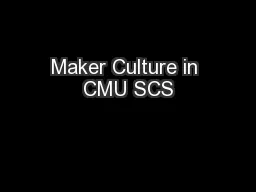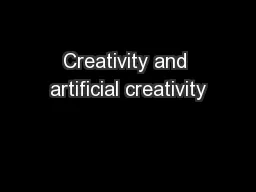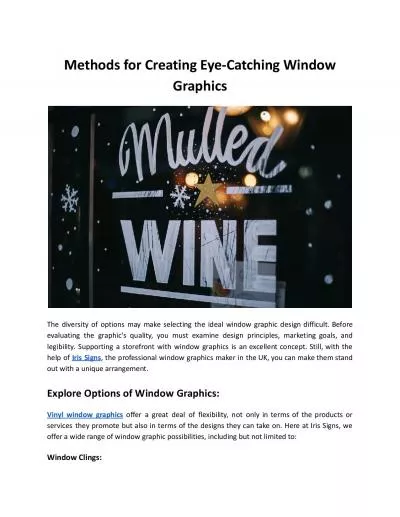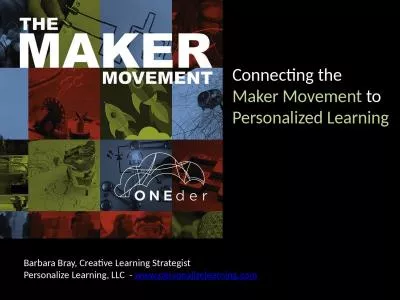PPT-Igniting Creativity Through the Maker’s Movement
Author : tatiana-dople | Published Date : 2017-05-15
Denise CollinsBennett Leaphart Elementary School What is the Makers Movement In the educational setting a movement for schools to return creativity and handson learning
Presentation Embed Code
Download Presentation
Download Presentation The PPT/PDF document "Igniting Creativity Through the Maker’..." is the property of its rightful owner. Permission is granted to download and print the materials on this website for personal, non-commercial use only, and to display it on your personal computer provided you do not modify the materials and that you retain all copyright notices contained in the materials. By downloading content from our website, you accept the terms of this agreement.
Igniting Creativity Through the Maker’s Movement: Transcript
Download Rules Of Document
"Igniting Creativity Through the Maker’s Movement"The content belongs to its owner. You may download and print it for personal use, without modification, and keep all copyright notices. By downloading, you agree to these terms.
Related Documents

